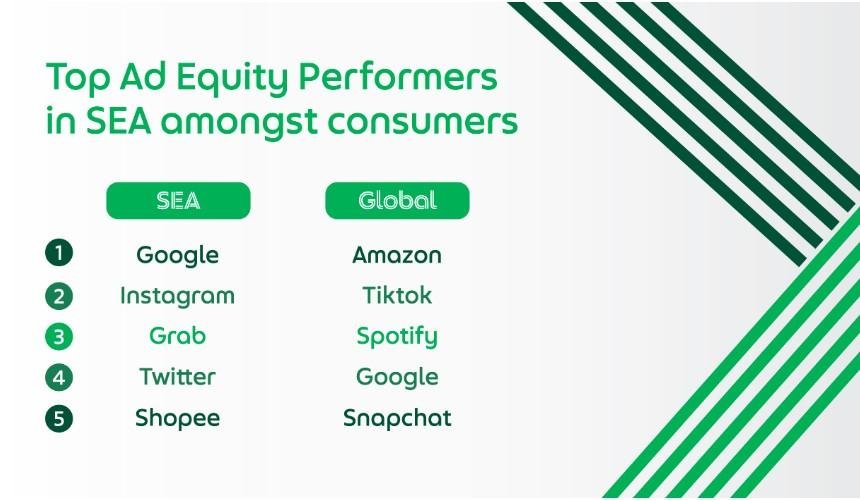
Ad equity: Why it matters as retail media growth sweeps across SEA
share on
Amid global economic uncertainty and unpredictability, marketers and advertisers are feeling the pinch as budget constraints emerge. More and more, marketers and advertising professionals are having to make their dollars work harder.
Across Southeast Asia, the rise of new channels has also led to the scattering of consumer attention. New engagement areas such as video streaming, superapps and social commerce are fast becoming hot favourites of consumers, and are having to compete with established digital platforms for advertising spend.
However, not all media channels are created equal. Often, consumers can be more receptive to marketing messages on some platforms over others – which then make the path to customer engagement more complicated than ever before.
As marketing budgets continue to remain stagnant, and in some cases shrink, marketers need to find savvy ways to allocate their limited resources to build brand equity and boost sales.
Introducing ad equity
This is where ad equity comes in. Developed by leading marketing data and analytics company Kantar, ad equity measures how receptive consumers are to advertising messages across different media channels.
Ad equity also measures how likely consumers are to respond positively or negatively to a campaign. In fact, according to Kantar, done right, campaigns can be seven times more impactful amongst receptive audiences.
To help marketers with this benchmarking, every year Kantar ranks global and regional advertising platforms according to their ad equity score.
The most recent findings were published in the Media Reactions Report 2022, the third edition of Kantar’s global ad equity ranking of media channels and media brands.
While Google and Instagram were expected to emerge as top ad equity performers in SEA, an interesting arrival was Grab, which took position number three.

Grab nabbing a position in the rankings also shows the potential of retail media. In fact, two out of the top five ad equity performers in SEA amongst consumers are retail media platforms – Grab (#3) and Shopee (#5).
According to the report, ads on Grab are perceived to be less intrusive and repetitive compared to other media brands in the region, especially among female consumers. Additionally, Grab also tops the ad equity rankings amongst Gen Z consumers, who say ads on Grab are better quality than on other platforms.
Kantar also claims that other retail media brands in SEA such as Lazada and Shopee are also seen to be “relevant and useful”, while social media platforms such as TikTok, YouTube and Facebook come across as “fun and entertaining”.
According to Priya Dudeja, media and creative effectiveness solutions lead at Kantar, superapps such as Grab or Shopee are perceived as relevant and trustworthy, and are “increasingly important to people”. This could be due to the fact that over the past few years, superapps have grown to bring great utility to consumers, helping them to commute, shop, eat and pay for services.
More on the rise of retail media
Retail media is a hot topic these days. But what exactly is retail media? And what does retail media look like in SEA?
A relative newcomer to the region, retail media refers to advertising platforms that engage consumers at or near their point of purchase, or near a point of choice between competing brands. For instance, superapps such as Grab offer marketers a variety of advertising opportunities right at the point of purchase through:
- Banner ads
- Loyalty and reward gamification
- Product sampling
This is possible because users complete the entire user journey, from discovery to consideration to purchase, within the superapp. Marketers can customise their messages according to the app and the role it plays in consumers’ lives.
Despite the channels available, one advice Kantar’s Dudeja gives is that marketers should try to avoid “short-termism” that just focuses on conversion.
“We know that strong brands are more resilient to inflation, for example. So use the platforms for building your brand – there are many formats and channels to do it,” she said.
This article was written in collaboration with GrabAds.
share on
Free newsletter
Get the daily lowdown on Asia's top marketing stories.
We break down the big and messy topics of the day so you're updated on the most important developments in Asia's marketing development – for free.
subscribe now open in new window
